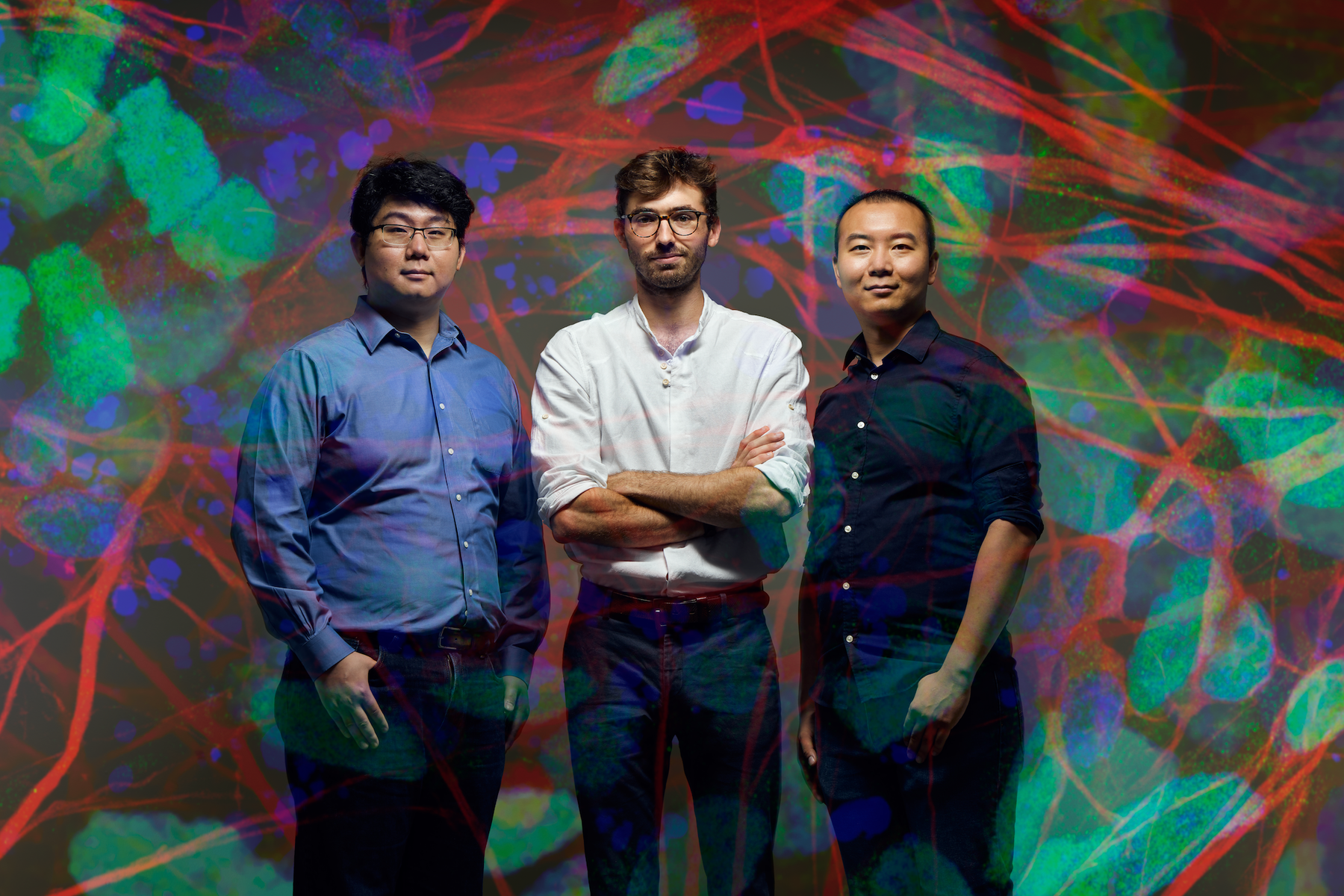Building implantable electronics as soft as the brain to amplify brain-machine communication.
The merging of the brain and machine may sound like something from science fiction, but it is very real and happening today to help treat neurodegenerative conditions like Parkinson’s disease. Such interfaces rely on ultra-thin wires implanted directly into brain tissue to selectively communicate with neurons. Yet, no matter how thin those wires are, they are still wires — and just like the wires in any electronic device, they are stiff and decidedly unlike the brain tissue in which they are embedded. These rigid materials can hurt the local brain region and pose significant challenges to avoid scarring and infection.
Axoft, a startup that grew out of research in the lab of Jia Liu at Harvard University, has created an entirely new class of brain implants that are >10,000x softer than plastics and >1,000,000x softer than the silicon used in current brain implants. These new soft electronic materials are fabricated at the nanoscale and have similar mechanical and physicochemical properties to brain tissue itself. Liu spent his doctoral work devoted to developing methods of designing and fabricating ultra-flexible plastic mesh electronics to mimic the mechanical and structural properties of the neural network.
Paul Le Floch, Axoft’s CEO, was Liu’s first graduate student. And it was his work in Liu’s lab that eventually led to the breakthroughs from which Axoft’s core technology was created. His research helped make Axoft’s brain implants not only soft but also scalable, capable of integrating many sensors into one implant with the same mechanical properties as the brain. He imagines a future in which at least one million sensors could be integrated into a brain-machine interface, helping the blind with high-resolution artificial eyesight.
Tianyang Ye, another of Axoft’s founders, also pursued his doctorate at Harvard, specializing in bioelectronics, a field at the intersection of nanotechnology and bio-engineering. His work has helped the team perfect their sensors’ reactivity to the electrical signals emitted from our cells. Any future brain-machine interface must be able to detect and relay the nervous system’s natural electrical impulses — impulses that are at once profoundly subtle and profoundly significant.
The team uses the analogy of 5G communications to describe the potential of its innovation — they are building the foundational infrastructure upon which future human brain-machine interfaces will be built. With its scalable and gliosis-free implants (implants that do not harm the central nervous system), its system can reside in the body for the long term. Le Floch, Ye, and Liu predict a future in which neurotechnologies will be regarded as standard as a pacemaker, an artificial joint, or a cochlear implant.
As the team works to clear a regulatory pathway with the FDA, it is doubling the number of electrodes its platform can accommodate — and therefore the number of neurons such a platform can stimulate — every 12 months. Such rapid progress, similar to the scaling of transistors in computing, means that hundreds of thousands of sensors are possible in just a few years (existing technologies cap out at only a small fraction of that amount). With those sensors comes the possibility of a new era in health and life, one in which machines, ironically, help us amplify what it means to be human.

